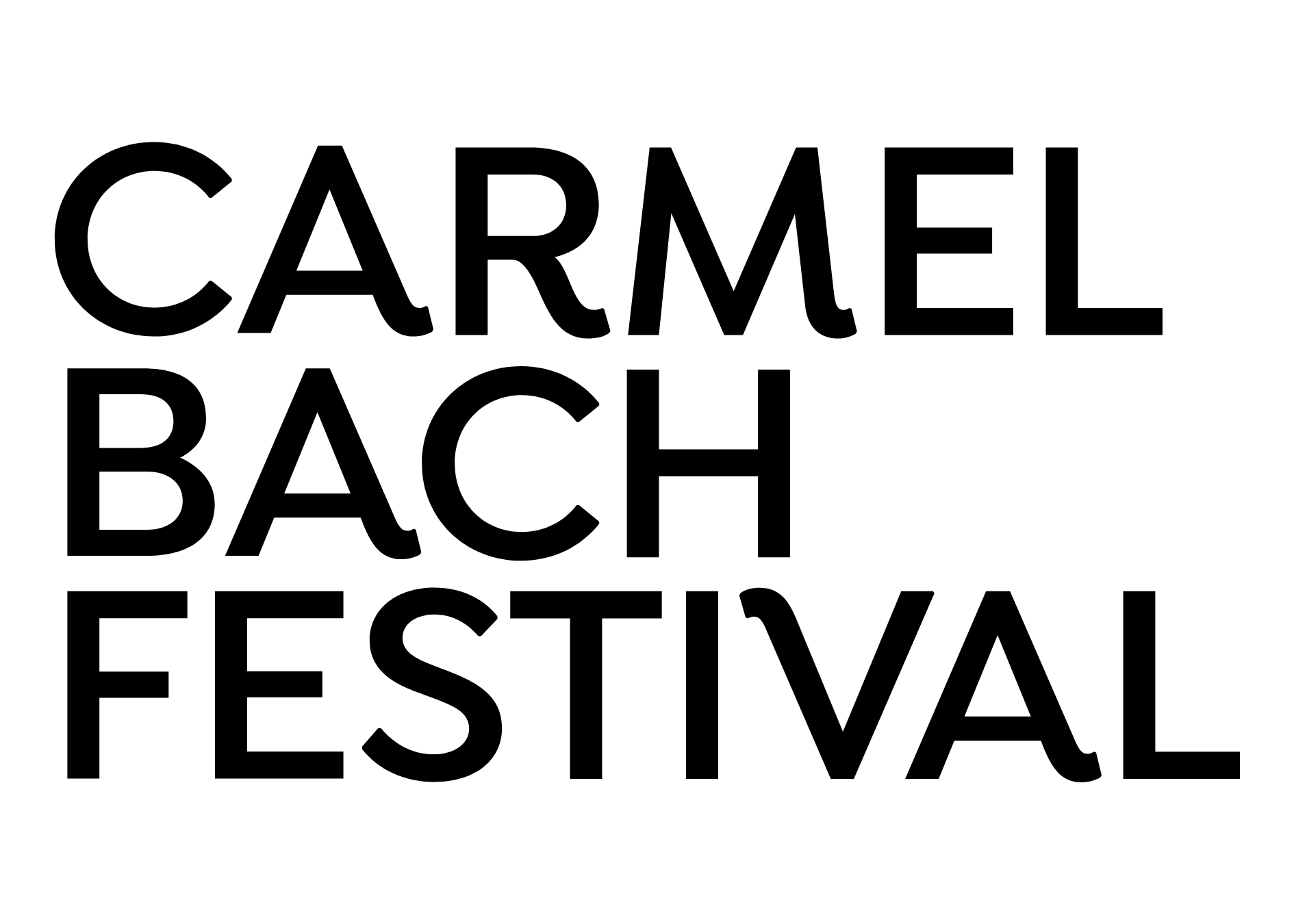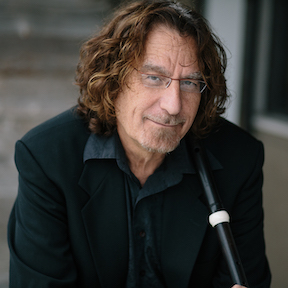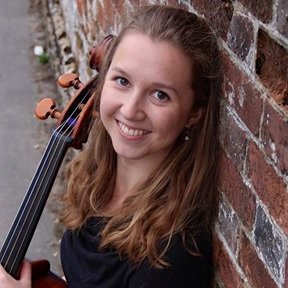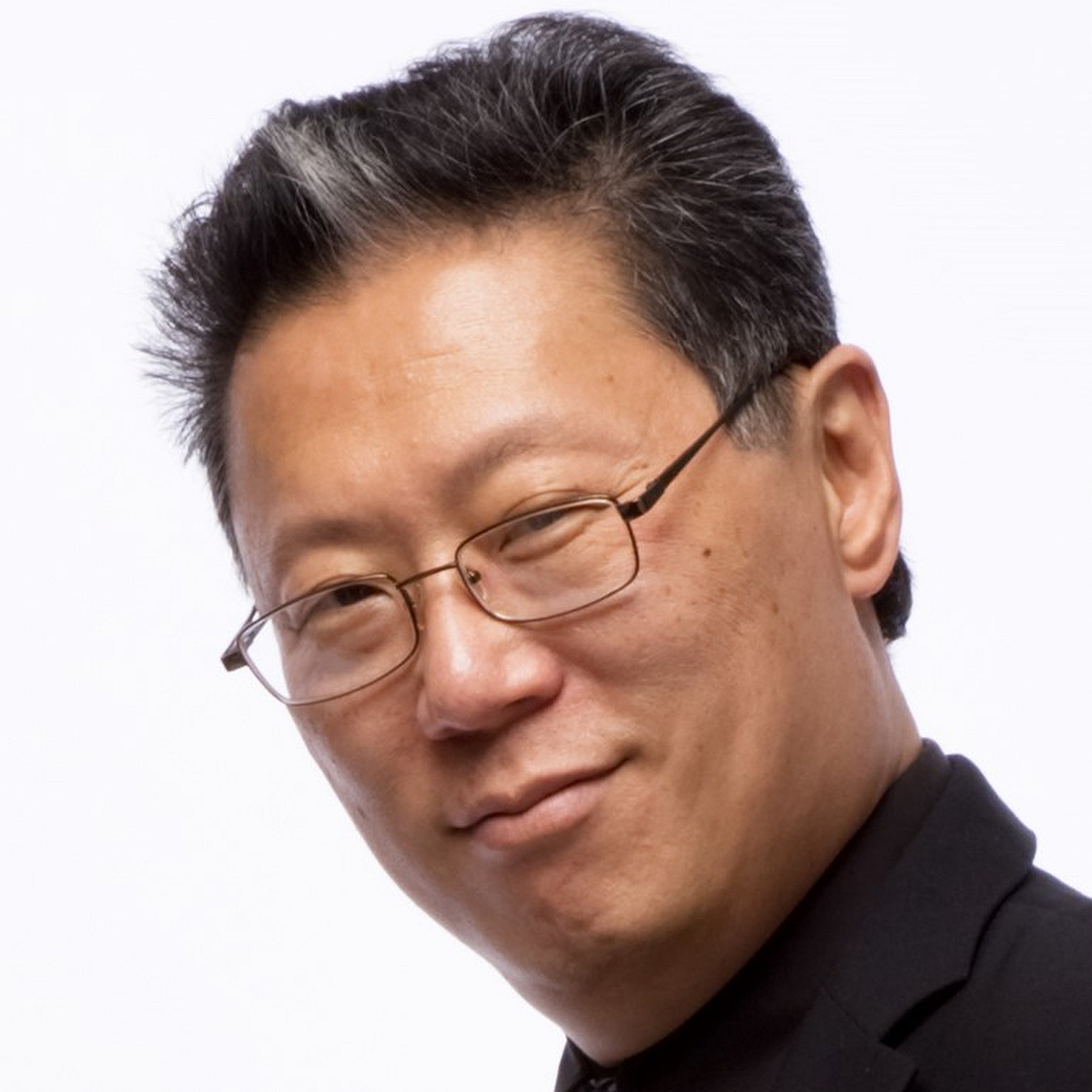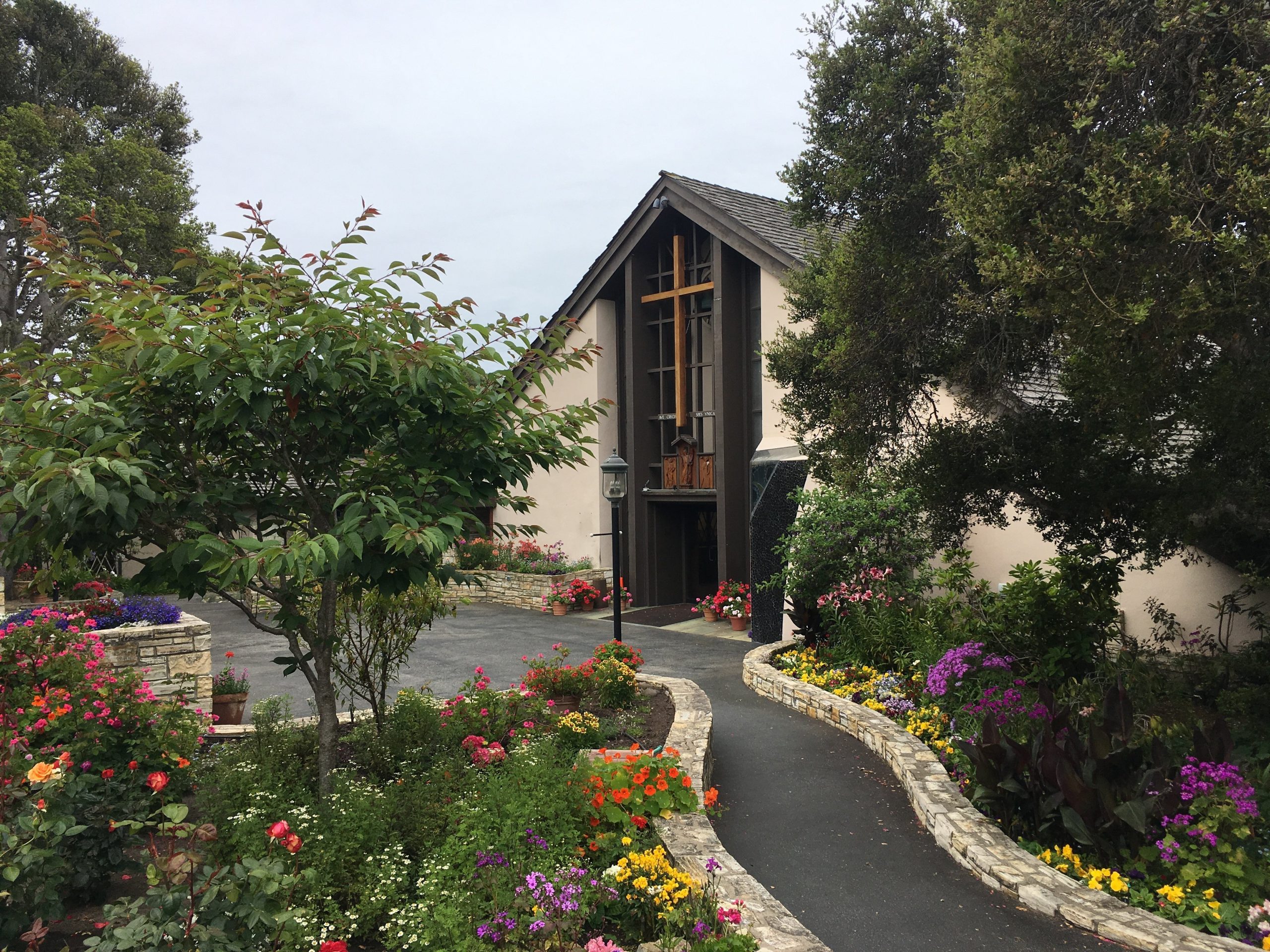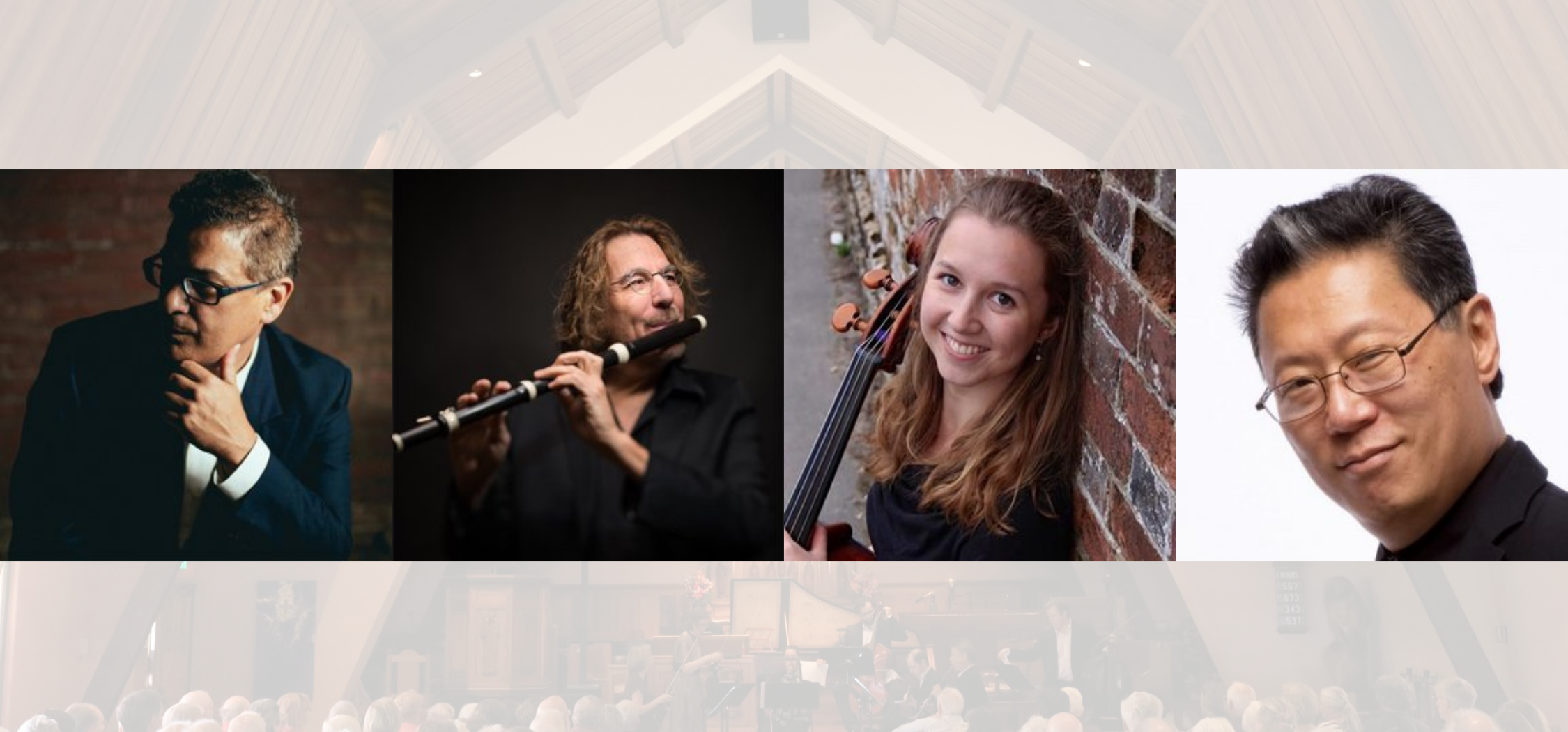
Trio Sonatas
Thursdays, July 21 & 28, 3:00 PM
Stephen Schultz, baroque flute; Gonzalo Ruiz, oboe; Annabeth Shirley, cello; Dongsok Shin, harpsichord
| GEORG PHILIPP TELEMANN | Trio Sonata in E minor, TWV 42: e2 | |
| (1681–1712) | Affettuoso | |
| Allegro | ||
| Dolce | ||
| Vivace | ||
| JOHANN SEBASTIAN BACH | Sonata in A Major for Flute and Harpsichord, BWV 1032 | |
| (1685–1750) | Vivace | |
| Largo e dolce | ||
| Allegro | ||
| Stephen Schultz, flute | ||
| JOHANN SEBASTIAN BACH | Sonata in C for Oboe and Continuo, BWV 1035 | |
| (1685–1750) | Adagio ma non tanto | |
| Arr. Gonzalo X. Ruiz | Allegro | |
| Siciliano | ||
| Allegro Assai | ||
| Gonzolo X. Ruiz, oboe | ||
| JOHANN SEBASTIAN BACH | Prelude and Fugue in D Major, BWV 850 | |
| (1685–1750) | Well Tempered Clavier, Book 1 | |
| Well Tempered Clavier, Book 1 | ||
| Dongsok Shin, harpsichord | ||
| GEORG PHILIPP TELEMANN | Trio Sonata in D Minor, TWV 42: d4 | |
| (1681–1712) | Largo | |
| Allegro | ||
| Affetuoso | ||
| Presto | ||
Program Notes
This Trio in E Minor was included in Telemann’s most famous collections of tafelmusik, which he titled Musique de table — a curious choice of title for the German-born composer. This collection of music was the equivalent to an event playlist in the Baroque era. It contained an array of ensemble combinations and styles but all intended to entertain the wealthy at elaborate parties, banquets, and the like.
Trio sonatas were a thriving genre during Telemann’s day, and he wrote more than 100 of them. The standard trio sonata form of four dance movements, slow-fast-slow-fast, was a familiar format to those in high society during the Baroque era, which made it simple for composers to write accessible and enjoyable music for their clientele.
This Trio sonata in E Minor opens with a tender Affettuoso, featuring hocketed melodies between the flute and oboe. The through- composed Allegro showcases the flute and oboe’s virtuosity with flurries of sixteenth notes which wander dangerously close to the relative G Major. One can feel Telemann’s eagerness to move to a brighter key, in anticipation of the next movement. The third movement, Dolce, is in the standard binary dance form but is curiously set in the parallel E Major rather than the relative G Major. Dolce opens with a lilting flute melody and is then joined by the oboe in a delicate canon. Vivace, also in binary form, returns to e minor with an unbridled anxious quality. Although this piece is written in the traditionally melancholy key of e minor, it exudes a joyful pride that is quintessentially Telemann.
Bach’s Sonata for Flute and Harpsichord in A Major is full of mysterious, intriguing harmonic language. The piece is characterized by sudden harmonic shifts and the unsettling darkness of the second movement. To create these effects,
Bach made deliberate choices to write in unusual ways, just around the rules to offer a uniquely intriguing sonata.
The first movement is exuberant and crowded with exciting embellishments. Right away, the second movement feels especially dark after the effervescent first movement. This is because Largo e dolce is written in A Minor rather than F-sharp Minor as one would expect. The two movements share A as their tonic, which creates a kind of auditory illusion as its relationship to the notes around it shift. The third movement begins in A Major, reminiscent of the uncomplicated first movement, but the rest of the movement is nuanced and subtly subversive. This movement follows an early iteration of the sonata form, which became popular at the end of Bach’s lifetime. At the end of the sonata’s exposition where the music typically modulates to the dominant — in this case E Major — the movement resolves the section still firmly in the original key, A Major. After a brief rest, Bach shifts to C-sharp minor, an unexpected and creative harmonic journey only Bach could execute.
It is common for instrumentalists to borrow Baroque sonatas from one another because the music is of high quality. Bach wrote BWV 1035 for the flute originally, but it has been transcribed and adapted for many instruments. The original version was dedicated to Frederick the Great’s private secretary, Michael Gabriel Fredersdorf, an amateur flutist with ties to famous Baroque flute-maker Joachim Quantz. This transcription from Bach’s Flute Sonata in E Major was completed in 2005 by the Festival’s Principal Oboist, Gonzalo X. Ruiz.
The Baroque oboe adds an array of colors to this beloved flute sonata. Breathing new life into the Adagio ma non tanto, the opening movement is at once joyous, mesmerizing, and nostalgic. The Allegro is a celebratory dance, featuring a vivacious theme with colorful twists of dissonance. The third movement is arguably one of the most stunning sonata movements in the Bach sonata catalogue. Like an aria in a tragic opera, Siciliano musically articulates an inexplicable pain or passion. In the finale, Bach introduces a series of charming motives which blossom as the movement progresses.
The Prélude and Fugue in D Major, BWV 850 is the fifth work in the first book of The Well Tempered Clavier, a series of 48 préludes and fugues by the composer. Each book contains works in all 24 major and minor keys, composed as Bach stated, “for the profit and use of musical youth desirous of learning, and especially for the pastime of those already skilled in this study.” In the preludes, Bach’s fertile imagination is on vivid display, while the fugues are mathematical tours de force. In contrast to the discipline Bach had to employ in his church compositions, here he could abandon himself to his compositional genius without worrying about deadlines.
In his Trio in D Minor for Flute, Oboe, and Continuo, it’s obvious why Telemann’s compositions are celebrated even today. Within constraining, formal rules Telemann manages imaginative approaches and even misleads the audience for maximum shock value as the piece progresses.
The Largo begins simply with the oboe and continuo playing a lovely melody. But, before long, the flute joins and a series of evaded cadences ensue, stringing the ear along without a satisfying cadence until the unison arrival in the final measure. In the following movement, Telemann doesn’t rely solely on the enlivened tempo to pique interest. In the Allegro he layers hocketing, syncopation, and chromatic inflection in a flamboyant display of his counterpoint skills. Then he writes the Affettuoso in six-eight time — which could be interpreted almost as tongue-in-cheek since the meter is more commonly used in upbeat dance movements — and ends on a suspenseful, anti-climactic half cadence. Finally, the Presto is a carefully crafted canon with the melody introduced first by flute. When familiar hocketing effects, Telemann adds another twist by writing both voices of the hocket in the oboe and flute lines in an emboldened reiteration. As the work picks up speed, one can feel the piece barreling toward its conclusion. Telemann writes a grand pause — only an eighth note, but the brief silence feels novel or even jolting in this context — followed by a powerful unison to close out the work.
–Jennifer Candiotti
